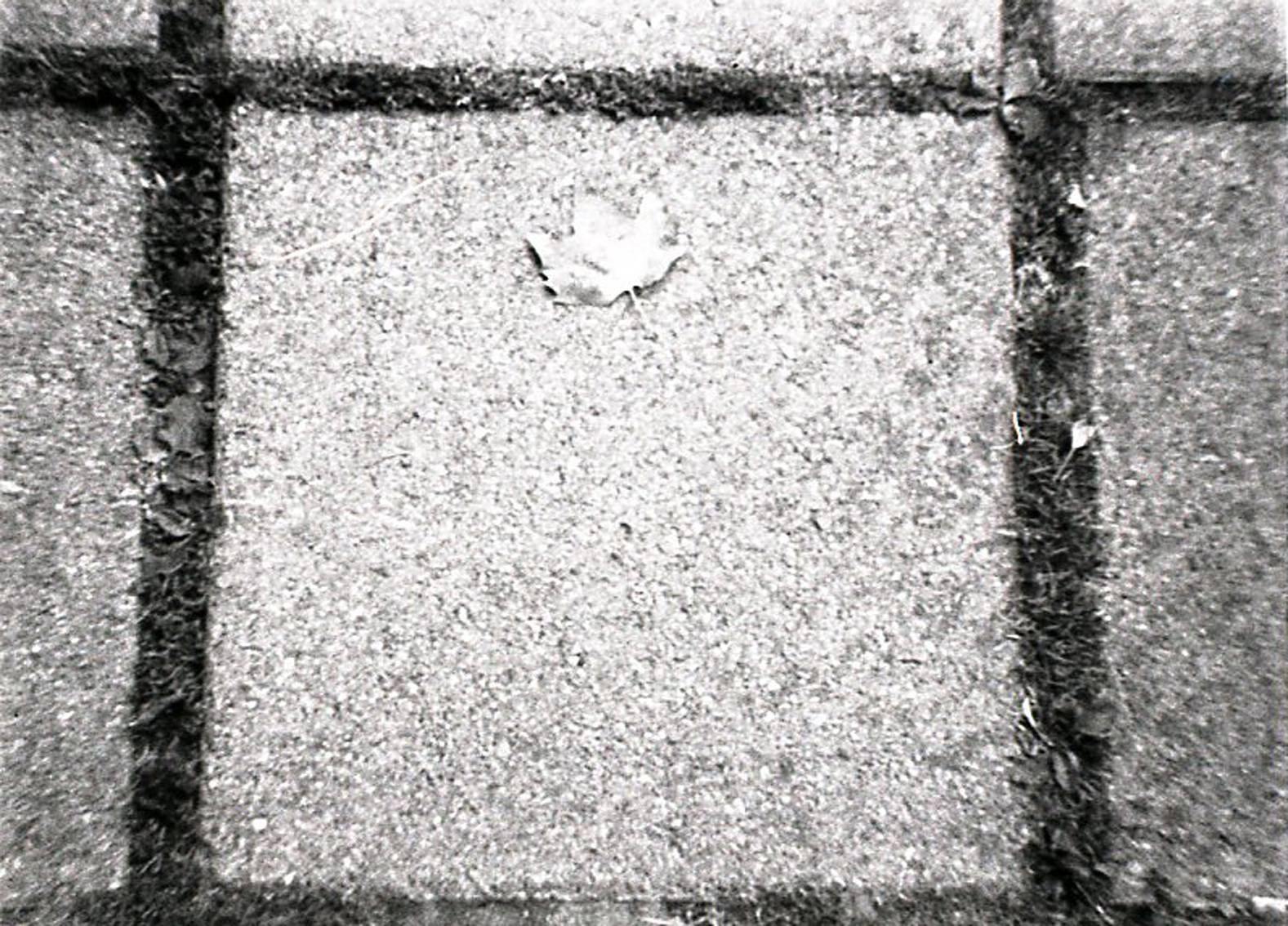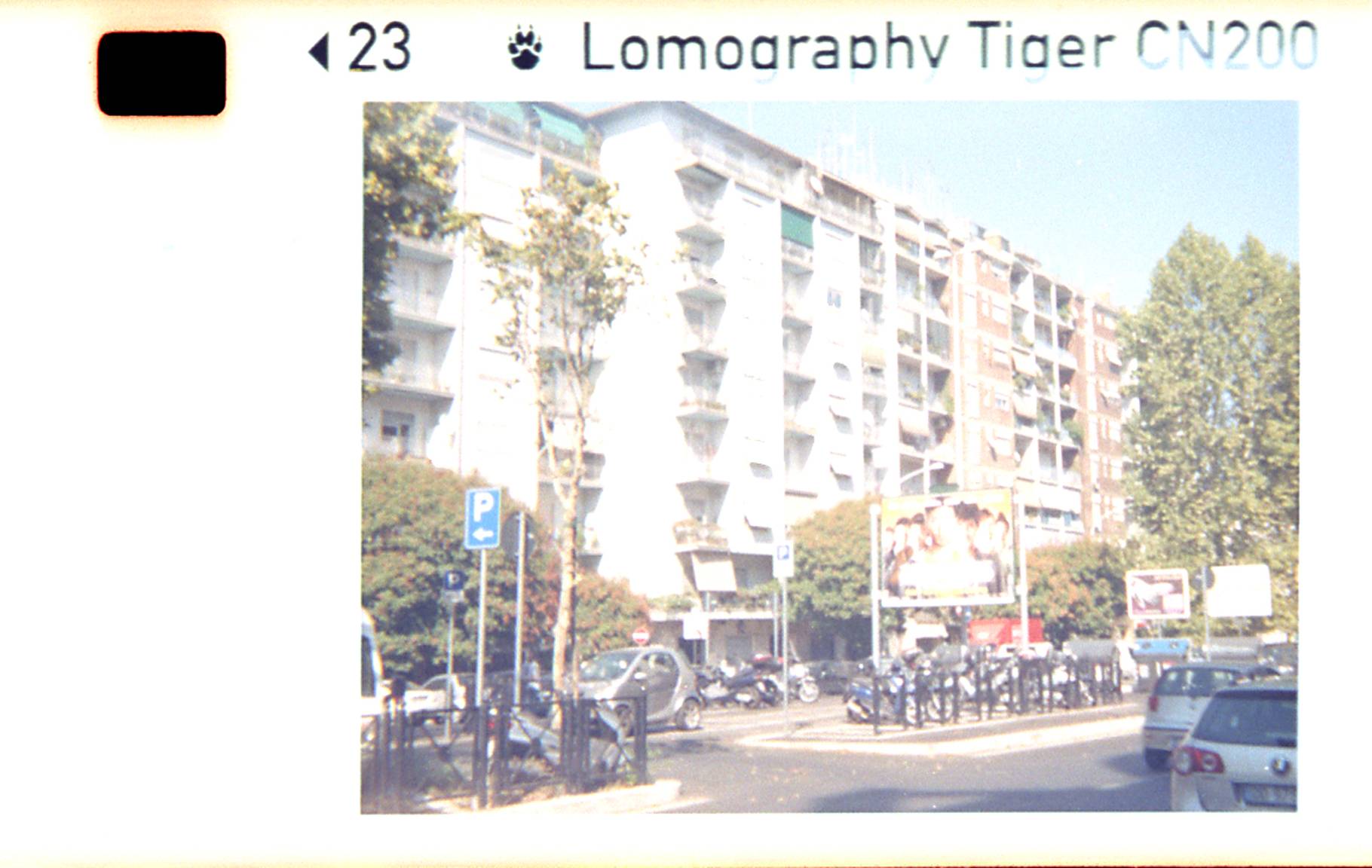A Quick Rundown of the Lomography 110 Films
2 9 Share TweetUntil a few years ago, using 110 cameras and film cartridges was a difficult thing because the only available films in the market had already been expired for several years. But now everything is easier thanks to Lomography; it has breathed new life into our small 110 cameras. Read on to discover the 110 film family.

As already mentioned, Lomography has taken over the production of films in 110 format a few years ago. This is the smallest a commercial film roll can go (13 × 17mm). Images taken with 110 films are small but are capable of producing excellent images with great depth of field and excellent results even at short focal lengths. These are the Orca, Tiger, Lobster and finally the Peacock. All films given the names of animals, we now analyze the various films.

The Lomography Orca is a film in black and white with low sensitivity of ISO 100. It’s the first film in 110 format put into production by Lomography. The Lomography Orca development requires a classic black and white process and produces images with good sharpness and contrast.
Thanks to its 100 ISO, we can take safely photos with 110 cameras in almost all lighting conditions (preferably with the a strong light source.)
Features at a glance:
- ISO 100
- Fine grain
- Intense blacks
- Well-defined details
- Good in most photographic situations
- Development Process in B&W
Here are some photos:
Then it’s the turn of the Lomography Color Tiger 200

The Lomography Color Tiger 200 is a color film with an exposure index of ISO 200. The pictures have a vintage look thanks to the soft colors and light grain.
Thanks to the 200 ISO, the Color Tiger 200 is film that we can use in almost all photographic situations even indoors. Use it under good lighting conditions or better yet, use a flash (otherwise we risk having dark photos.)
Features at a glance:
- ISO 200
- Medium grain
- Delicate colors
- Good for most photographic situations
- Development process C-41
Here are some photos
The next one is the film they introduced as a redscale.

The Lomography Redscale Lobster is a redscale film with a sensitivity of ISO 200. Through its ISO 200, this film is very versatile and can be used in most photographic situations – outdoors in the sun or even when it is cloudy; even indoors with the aid of a flash. The grain is evident in spite of the ISO 200, although it is not as much hassle to use. The colors are beautiful and the pictures tend to have loads of clear orange/yellow to reach peak coppery red. This difference in color is not due to the difference of the ISO setting on the camera but with the light and shadows in the scene.
Features at a glance:
- ISO 200
- Grain obvious
- Colors tend to be an orange to a coppery red
- Good in most photographic situations
- Development process C-41
Below you can see some photos taken with the Lomography Holga Micro and Lobster 200
To finish the list, they produced the Lomography Peacock 200

Slide film (currently the only slide available for size 110), the Peacock is ISO 200 and can capture even the smallest details. Suitable in almost all photographic situations with the presence of light or with the aid of the flash in low light.
You can get 2 different types of images, in the first case you get pictures on the yellow/green thanks to the cross process (developing the negative in C-41), while in the other case to get pictures with real colors and vivid (develop negative in E-6).
Features at a glance:
- ISO 200
- Medium grain
- Good in most photographic situations
- Development Process in E-6
- Development process C-41 (cross process)
These photos were developed in E-6
written by simonesavo on 2014-05-26 #gear #negative #review #color #redscale #post #lobster #peacock #tiger #110 #lomo #positive #b-w #lomography #micro #xpro #crossprocess #orca #holgamicro





































































2 Comments